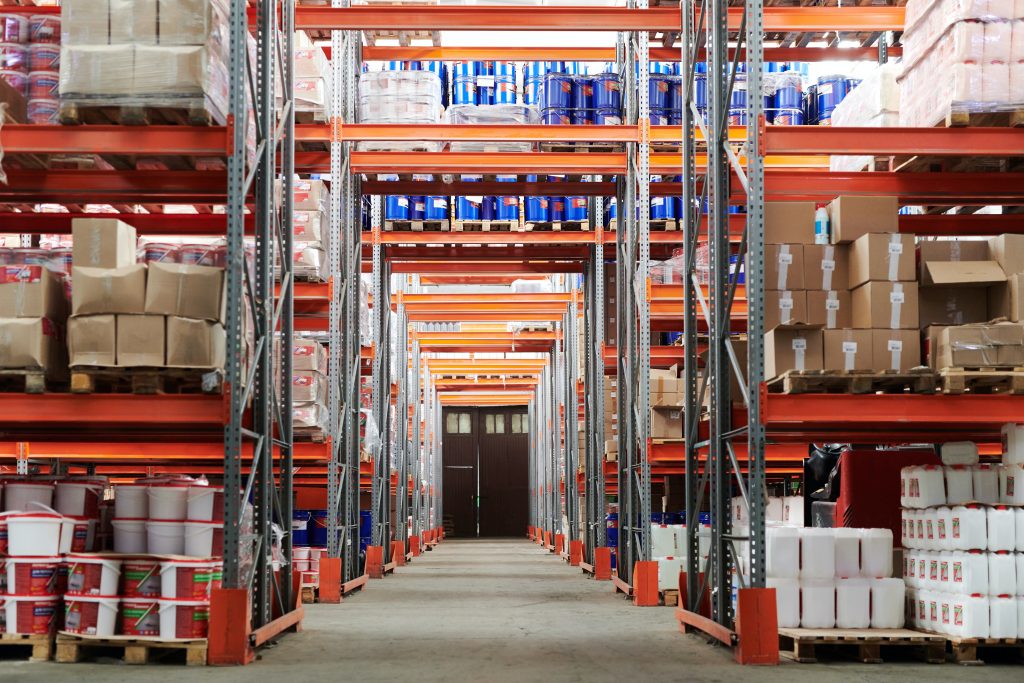Source: NAIOP

This sector of industrial was booming even before the pandemic, and future demand is expected to soar even higher.
In the age of one-hour package shipments, the infrastructure needed to serve a growing on-demand culture is scrambling to keep up. This has taken on even greater significance amid the COVID-19 pandemic, which forced millions to stay home for months.
According to Coresight Research’s U.S. Online Grocery Survey 2020, online grocery sales are expected to increase by about 40% this year due to the pandemic. That’s after a 22% increase in 2019.
The strong growth in e-commerce is a main reason that the industrial real estate sector is a bright spot in the U.S. economy, as developers and tenants continue to construct millions of square feet of warehouses and logistics centers.
Within the industrial sector is a unique class of buildings that maintain the continuity of the “cold chain,” which is crucial for the integrity of U.S. food and pharmaceutical logistics. While market factors are driving rising demand for cold buildings, there are also practical reasons behind the need for this asset class. The existing cold building stock in the U.S. is becoming antiquated, with an average age of 34 years, according to CBRE research.
In the past, cold storage buildings were built to suit, but due to the surge in demand and the need to upgrade these facilities, the era of the speculative cold building could be upon us.
